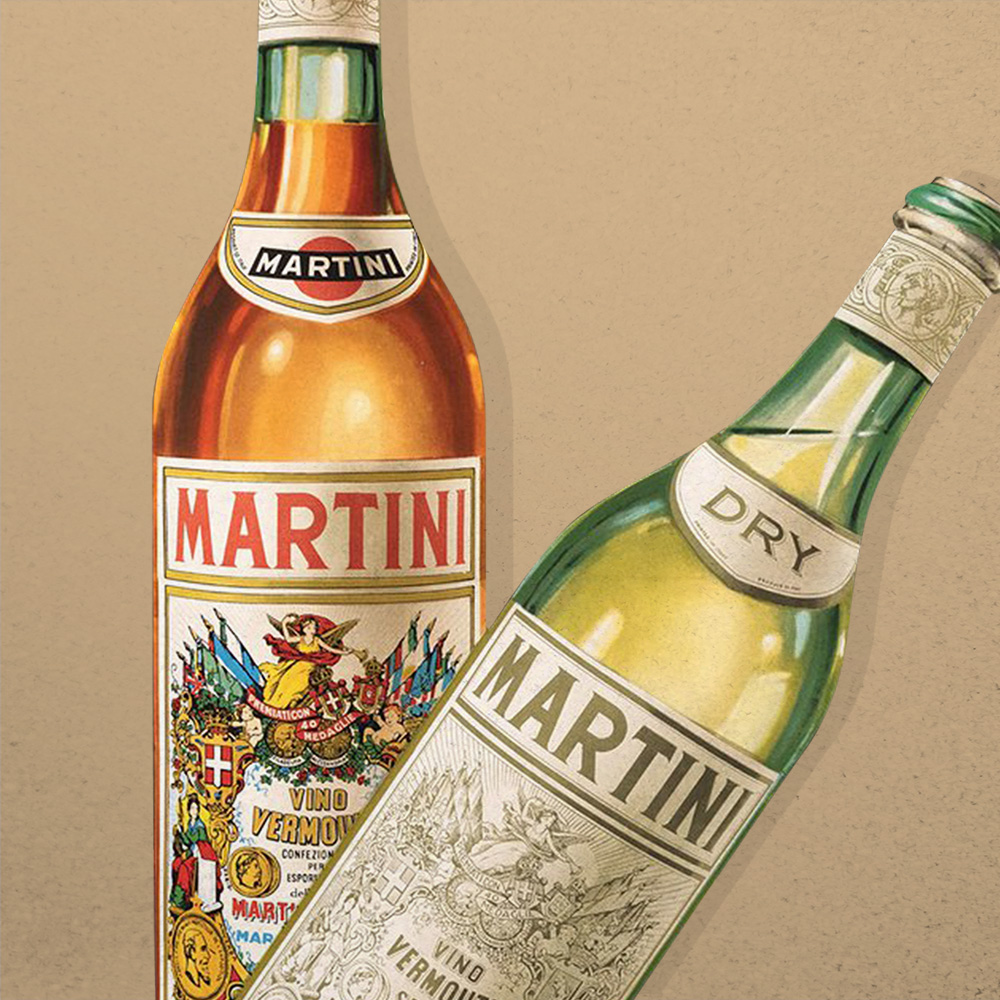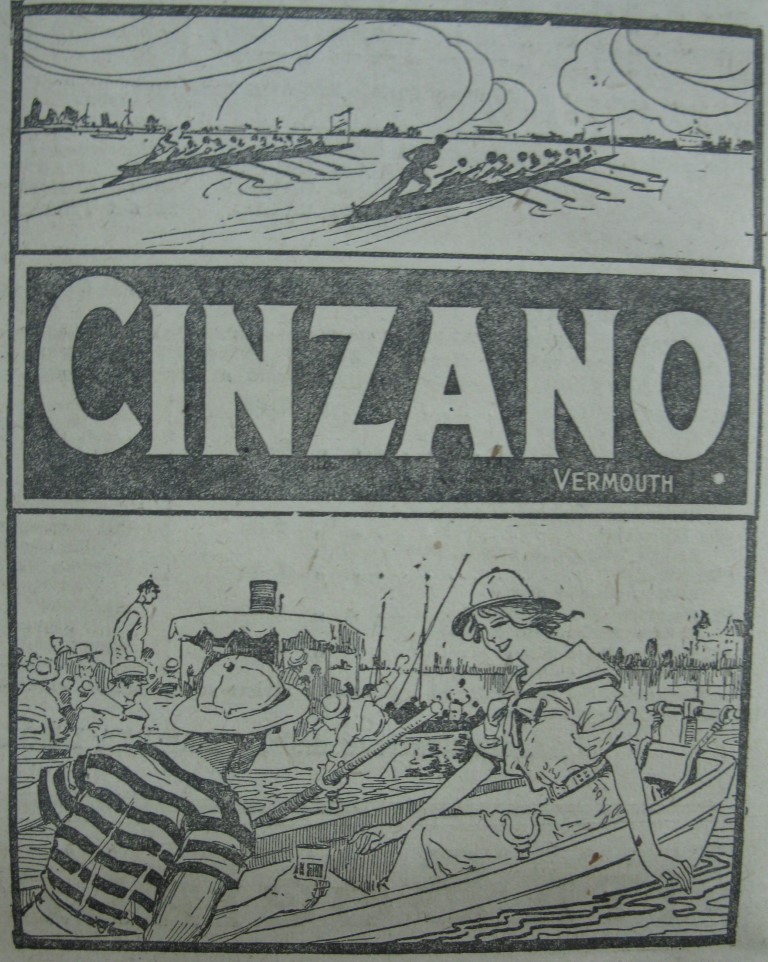
Vermouth
By Elizabeth Zanoni
For Italians in Argentina, especially those with means, Italian vermouth symbolized wealth, glamour, and Italianità. This fortified wine, originally made in Turin and consumed as an aperitif, became one of Italy’s most important exports to Argentina. By the late nineteenth century, both Italians and Argentines drank vermouth in their homes and in bars where it helped cement family and community relationships. Its popularity also rested on its association with the refined consumption patterns of Italian and European elites.
Vermouth, a wine fortified with alcohol and blends of botanicals such as roots, spices, and herbs, was first valued for medicinal qualities in Europe and Asia. By the mid-18th century, Turin had become a major center of vermouth production. At cafes in Turin and in other major European cities, consumers enjoyed vermouth as an aperitif and in various cocktails. traveled with Italians to Argentina and became a staple beverage among Italians in Argentine cities.

Newspaper advertisement for Italian Cinzano-brand vermouth, 1916.
Source: Advertisement for Italian Cinzano-brand vermouth, La Patria degli Italiani (Buenos Aires), January 5, 1916.
In fact, Argentina imported more Italian vermouth than any other country by the early twentieth century. Italian merchants in Argentina sold vermouth made by Italian makers such as Martini & Rossi, Cinzano, and Cora. These brands were advertised in both Italian-language and Spanish-language newspapers, showing the popularity of Italian vermouth among consumers of different backgrounds.
Vermouth producers marketed Italian vermouth as a refined Italian specialty, and implied that by drinking it, consumers not only expressed their love of Italy but brought European sophistication to Argentina. As one 1911 Martini & Rossi advertisement in Argentina claimed, vermouth was enjoyed “In Italy and beyond, in all the European nations, in those of new and old continents that deserve fame that comes from the incomparable exquisiteness of the product.”
Vermouth was so popular in Argentina that Cinzano established a manufacturing branch in Argentina during the interwar years using wine from company-owned wineries in the province of San Juan. By World War II, vermouth had moved away from its origins in elite Italian migrant marketplaces to a broader national Argentine consumer market.

Newspaper advertisement for Italian Martini & Rossi-brand vermouth, 1936.
Source: Advertisements for Italian Martini & Rossi-brand vermouth, Il Mattino d’Italia (Buenos Aires), May 25, 1936, 3.
Further reading
- Maynard Andrew Amerine, Vermouth: An Annotated Bibliography (Berkeley: University of California, 1974).


